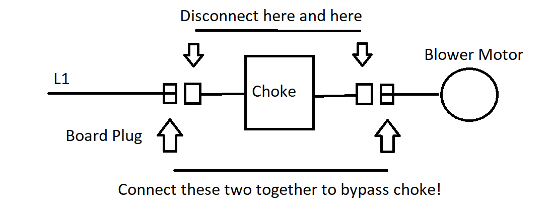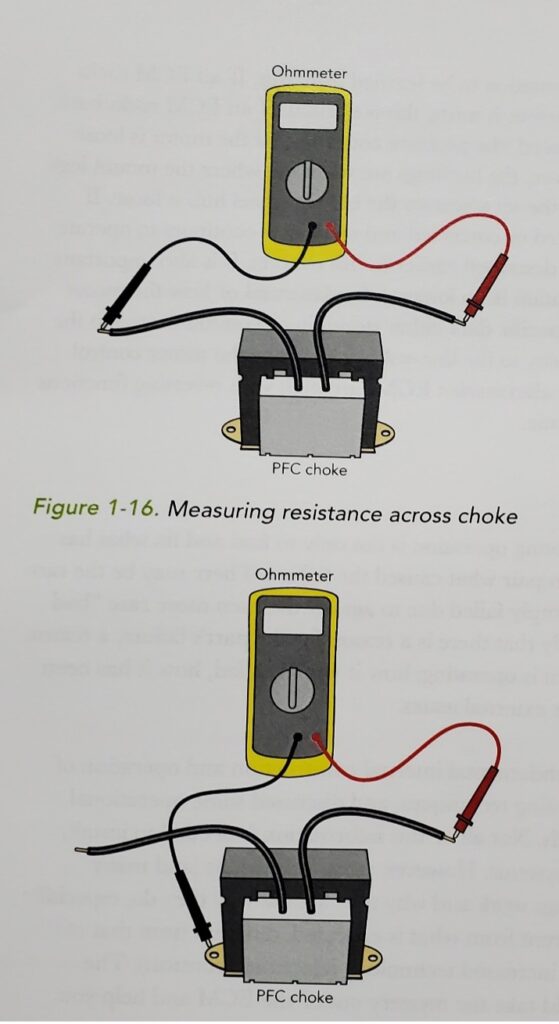45 MBCA Ductless Unit and the “CP” Error Code
Most ductless products have all of the error codes listed in the installation and service manuals. Error codes listed in

The blower motor has a 115 VAC applied to it anytime the furnace is powered. First manually close the blower door switch then verify the 115 VAC power is between L1 and Neutral (L2) Wires.(L1 and Neutral (L2) are removed for clarity in this photo!






SW1
SW2


Disclaimer: The technical statements, information and recommendations contained herein are believed to be accurate as of the date hereof, but Mingledorff’s does not make representations or warranties, express or implied, as to its accuracy, its completeness, or the results to be obtained. The information is being provided for informational purposes only and is intended for use by persons having adequate skill and expertise regarding the proper selection, use and application of the products and recommendations and at their own risk and discretion.
Most ductless products have all of the error codes listed in the installation and service manuals. Error codes listed in
We have multiple articles about the defrost boards for residential and commercial units on our website and each has addressed
There are several different types of ductless heating and cooling systems. These systems can be combined with various indoor and